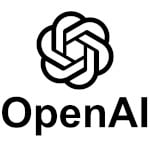Building the Smart City Pulse Dashboard: My Summer of Scribbling Hackathon Journey
"Hello Dev Community! I'm excited to share my recent project, the Smart City Pulse Dashboard, which I built as a submission for the Summer of Scribbling 2025 Hackathon hosted by @ScribblerApp. The Problem I Aimed to Solve In rapidly growing urban areas, access to real-time, actionable environmental data is crucial but often fragmented. Citizens and city officials need a unified view of air quality, weather, and potential hazards to make informed decisions about public health, urban planning, and daily activities. My Solution: The Smart City Pulse Dashboard The Smart City Pulse Dashboard is a centralized, interactive web application designed to provide immediate, insightful environmental data for different city locations. It transforms raw numbers into easily digestible information, empowering users to understand their local environment at a glance. Key Features: Real-time Environmental Monitoring: Visualizes Air Quality Index (AQI) trends over time and current weather conditions (temperature, humidity, wind speed). Location-Based Insights: A simple dropdown allows users to switch between different simulated city zones (e.g., Central Park, Hi-Tech City, Old City) to get tailored environmental data for their specific area.

"Hello Dev Community!
I'm excited to share my recent project, the Smart City Pulse Dashboard, which I built as a submission for the Summer of Scribbling 2025 Hackathon hosted by @ScribblerApp.
The Problem I Aimed to Solve
In rapidly growing urban areas, access to real-time, actionable environmental data is crucial but often fragmented. Citizens and city officials need a unified view of air quality, weather, and potential hazards to make informed decisions about public health, urban planning, and daily activities.
My Solution: The Smart City Pulse Dashboard
The Smart City Pulse Dashboard is a centralized, interactive web application designed to provide immediate, insightful environmental data for different city locations. It transforms raw numbers into easily digestible information, empowering users to understand their local environment at a glance.
Key Features:
Real-time Environmental Monitoring: Visualizes Air Quality Index (AQI) trends over time and current weather conditions (temperature, humidity, wind speed).
Location-Based Insights: A simple dropdown allows users to switch between different simulated city zones (e.g., Central Park, Hi-Tech City, Old City) to get tailored environmental data for their specific area.





































































![Sonos Father's Day Sale: Save Up to 26% on Arc Ultra, Ace, Move 2, and More [Deal]](https://www.iclarified.com/images/news/97469/97469/97469-640.jpg)


























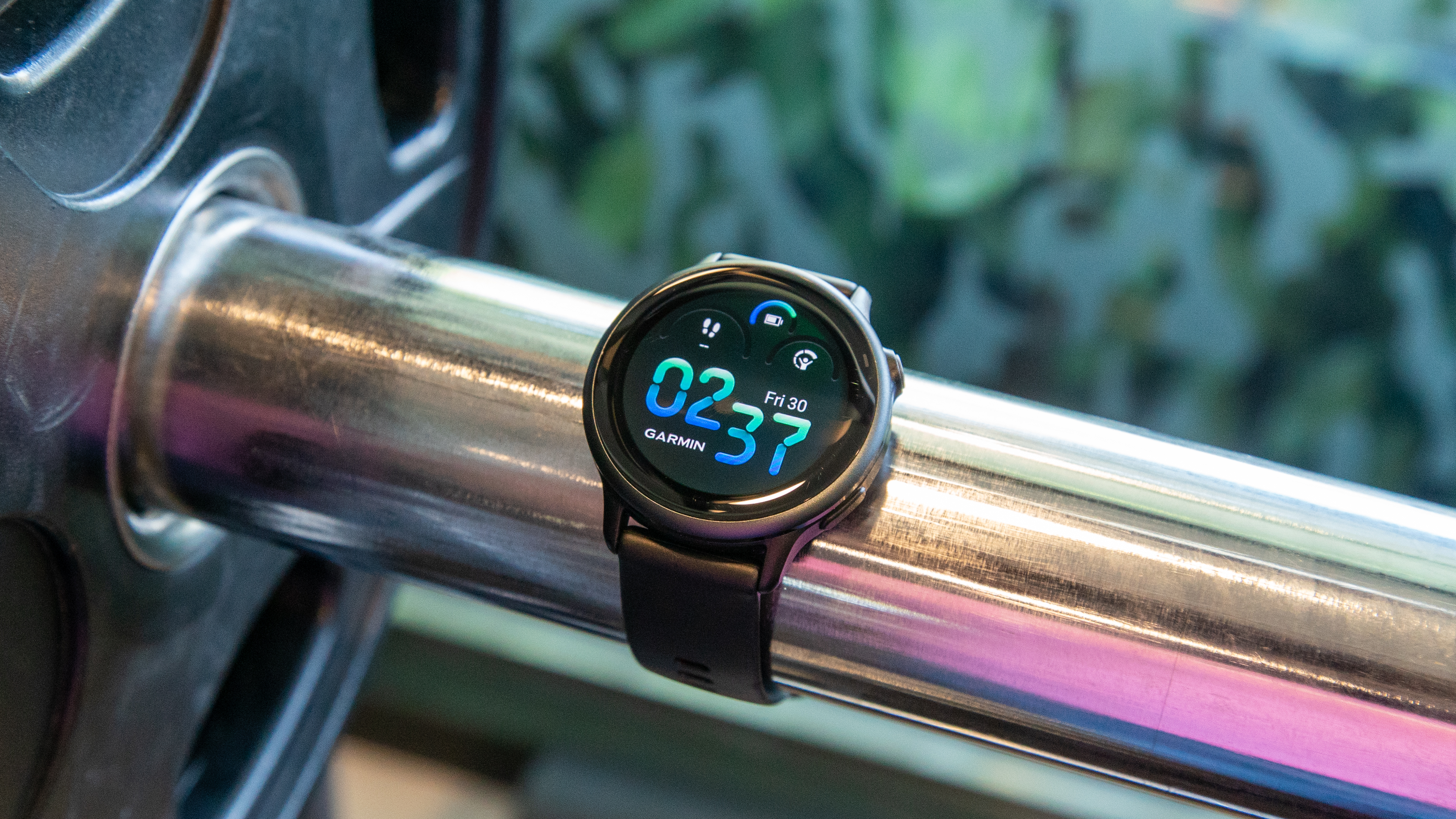



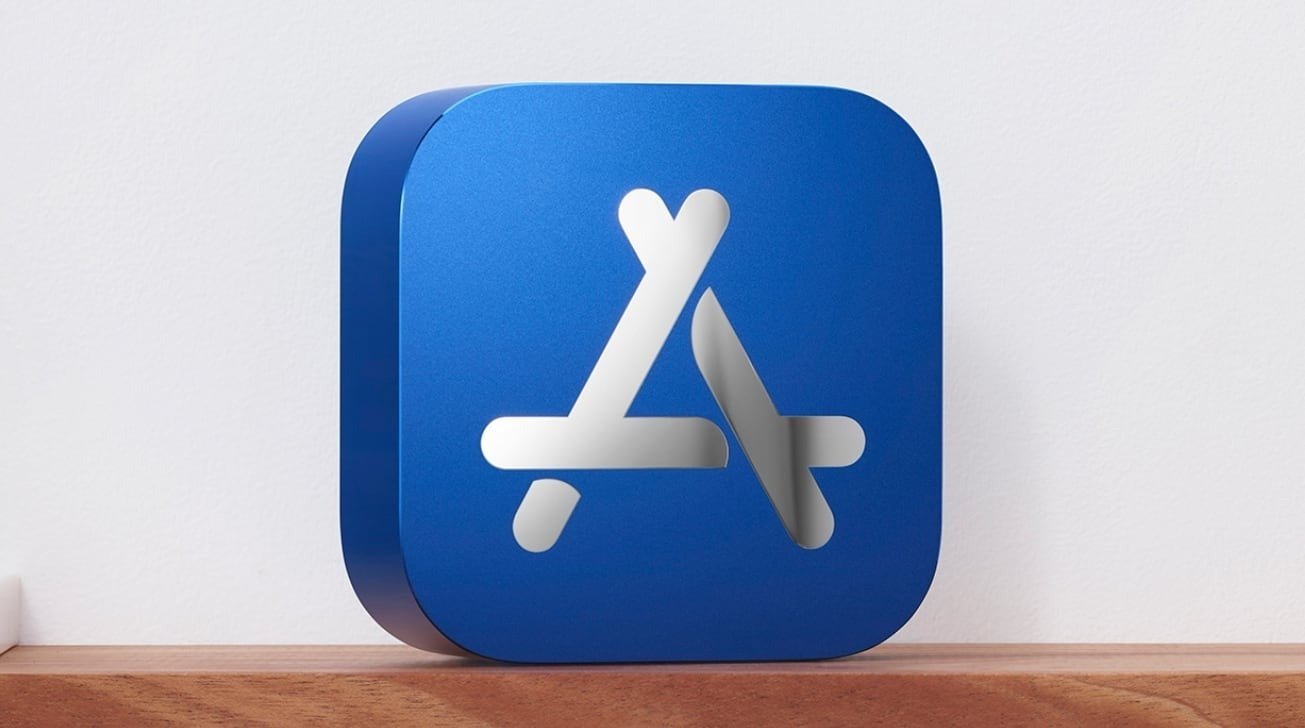











































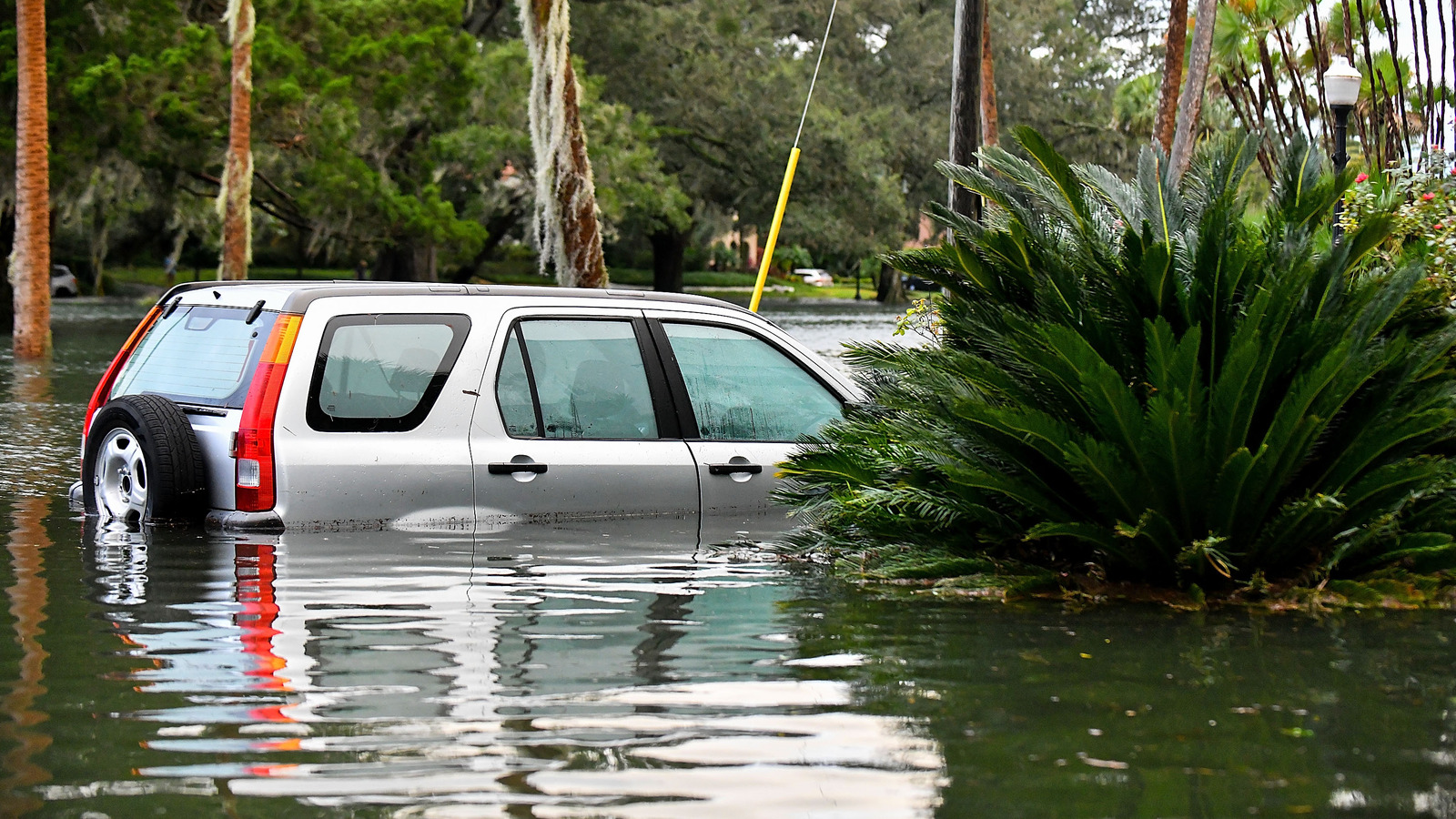





































.webp?#)


_Delphotos_Alamy.jpg?width=1280&auto=webp&quality=80&disable=upscale#)










































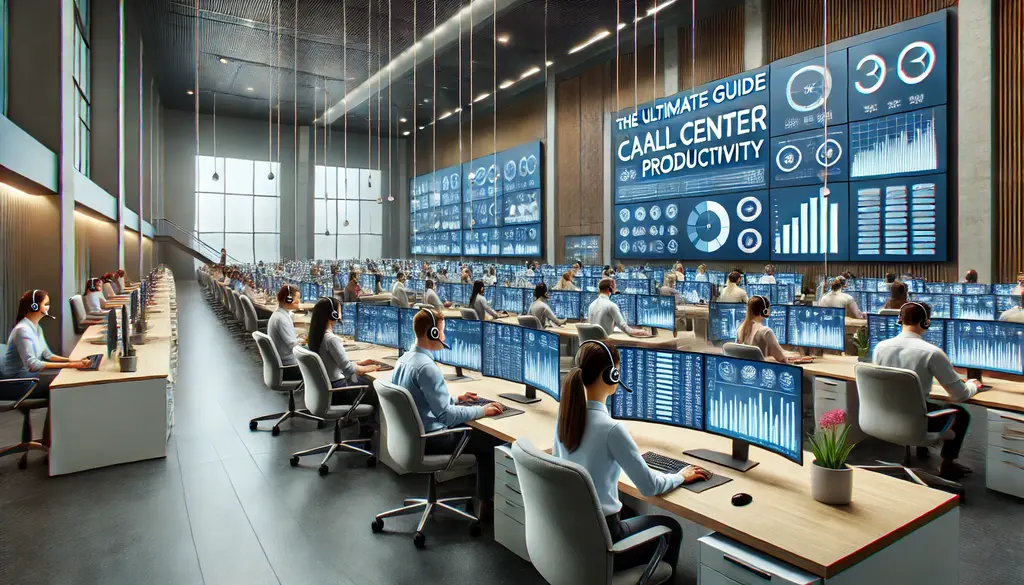








































































![[The AI Show Episode 150]: AI Answers: AI Roadmaps, Which Tools to Use, Making the Case for AI, Training, and Building GPTs](https://www.marketingaiinstitute.com/hubfs/ep%20150%20cover.png)
![[The AI Show Episode 149]: Google I/O, Claude 4, White Collar Jobs Automated in 5 Years, Jony Ive Joins OpenAI, and AI’s Impact on the Environment](https://www.marketingaiinstitute.com/hubfs/ep%20149%20cover.png)










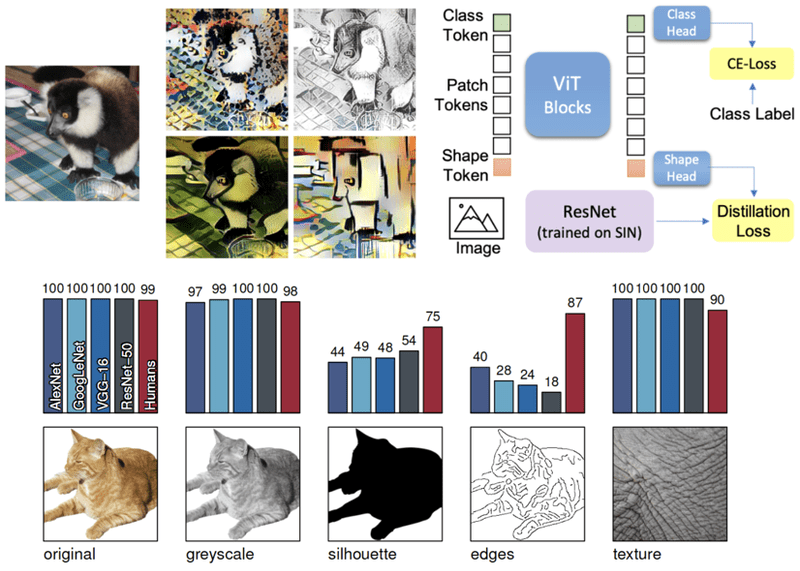





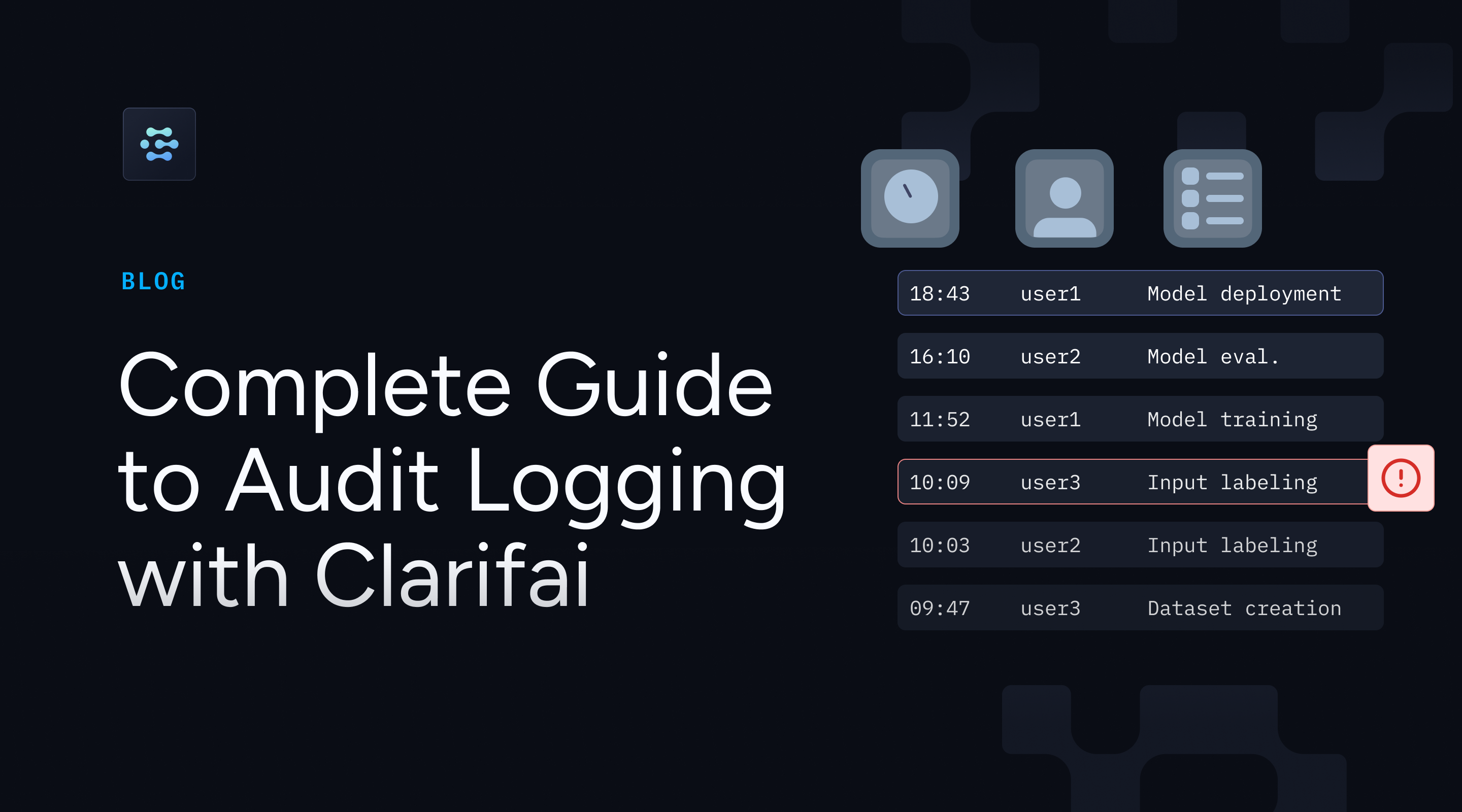




























































































![[FREE EBOOKS] Solutions Architect’s Handbook, The Embedded Linux Security Handbook & Four More Best Selling Titles](https://www.javacodegeeks.com/wp-content/uploads/2012/12/jcg-logo.jpg)












































![How to Survive in Tech When Everything's Changing w/ 21-year Veteran Dev Joe Attardi [Podcast #174]](https://cdn.hashnode.com/res/hashnode/image/upload/v1748483423794/0848ad8d-1381-474f-94ea-a196ad4723a4.png?#)



